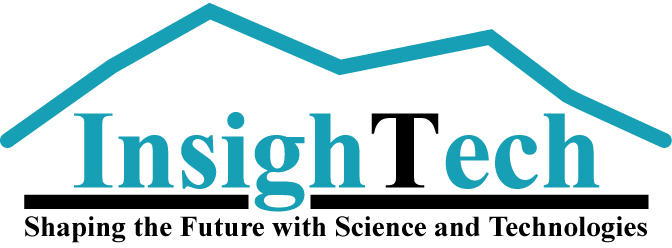Author : Kenta Inoue
Introduction
Elm is one of the pure functional languages mainly used for interactive applications such as web development, and is characterized by its simplicity and ease of use. Furthermore, the official tutorials are easy to understand, making it a recommended language for beginners in web development and functional languages.
This article will summarize the features of web applications and functional languages by looking at its Elm.
How web apps work
Elm makes it easy to create web applications using a module called The Elm Architecture. Let's take a closer look at this.
First, we will look at Browser.sandbox, the basic structure of a web
application.
import Browser
import Html exposing (Html, button, div, text)
import Html.Events exposing (onClick)
main =
Browser.sandbox { init = init, update = update, view = view }
Browser.sandbox consists of three elements: init,
update, and model, each of which has the following types for arbitrary types
Model and Msg.
init : Model
update : Msg -> Model -> Model
view : Model -> HTML Msg
From this we can see that update returns a Model from
Msg and Model, and view returns an HTML Msg from
Model.
In other words, the following diagram shows how a web application works.
init is the initial value of the system. view is the up arrow,
which takes a Model type value from the system and displays HTML in the browser based on the return
HTML msg type value. update is the bottom arrow, which takes a value of type
Msg as input from the browser and updates the original value of type Model to the new
one.
An example can be seen in Elm's official tutorial, which is easy to understand by looking at a web application where pressing a button increases the number of digits.
-- INIT
type alias Model = Int
init : Model
init = 0
-- UPDATE
type Msg = Increment | Reset
update : Msg -> Model -> Model
update msg model =
case msg of
Increment -> model + 1
Reset -> 0
-- VIEW
view : Model -> Html Msg
view model =
div []
[ div [] [ text (String.fromInt model) ]
, button [ onClick Increment ] [ text "+" ]
, button [ onClick Reset ] [text "reset" ]
]
In this example, the Model is an Int type value and the initial
value init is 0. view recieves this value and displays it and buttons
that return Increment or Reset in the browser. The update function
receives information from the browser as to whether Increment or Reset was pressed and
updates the Model value.
What you can learn from using Elm
Since Elm is a pure functional language, every function depends only on its arguments. In
other words, init, update, and view above are all independent functions,
and a web app is composed of these three independent mechanisms.
Thus, with functional languages, even complex programs can be broken down into broad categories by type and function. This is one of the great advantages of functional programming.
Summary
We have summarized the structure of a web application using the pure functional language Elm and the advantages of using functional languages.

